The radioactive material, containing Cesium-137 and weighing 25 kilograms, was discovered in Thailand’s eastern Prachinburi province on Sunday, according to a post on the local government’s Facebook page. Local media quoted provincial governor Ronnarong Nakornjinda as saying the radioactive material was detected through radiation readings at a metal factory in the province.
However, questions have been raised about the level of radiation emitted by the block and the decision to dispose of it. At a press conference on Monday, Ronnarong said the relevant authorities were still verifying and ensuring that the block had been completely disposed of at the metal workshop.
Earlier, on a local television channel, Mr. Julapong Taweesri, Director General of the Department of Industrial Works of Thailand, said that the radioactive material had been processed into “red dust” after authorities discovered cesium in the dust at the power plant. Governor Ronnarong also said on Monday that the dust was processed in a closed process at the factory and that no leaks had been detected so far.
No health complications have been reported in Thai hospitals since the radioactive material went missing, Opas Karnkawinpong, permanent secretary of the Public Health Ministry, told reporters on Monday. Opas said 70 workers at the now-closed metal plant had been tested for radiation exposure but nothing alarming had been found. The ministry will continue to conduct blood tests and monitor for unusual complications, he added.
The lack of clarity from the government has led to concerns among the public, with many people expressing concerns on social media about the slow response from the government , ahead of the upcoming election in Thailand.
“#Cesium-137” became the top topic in Thailand on Monday afternoon. Student activist Tanawat Wongchai wrote: “Keep calm? Keep calm about what?” He said the public wanted the issue to be resolved thoroughly and quickly, instead of officials praising themselves and “talking nonsense.”
The radioactive material, used to measure ash levels at a coal-fired power plant, was first reported missing on March 10 after a worker performed a test. Authorities immediately ordered a search of the area. Hundreds of personnel and drones were involved in the search, and a reward of 100,000 baht ($3,000) was offered for information about the radioactive material.
Prachin Buri province, just 150 km east of Bangkok, has many tourist attractions including some areas in Khao Yai National Park.
Thai police said on Monday that the company that owns the power plant, State 5A Power Plant, will be fined for late reporting the missing radioactive material, as some reports said it may have been missing since February 17. The fine could carry a fine of 100,000 baht and up to one year in prison.
Thailand's Atomic Energy Office for Peace, a national agency set up to regulate nuclear research, has previously warned of the risks of radiation exposure, including radiation burns and cancer. The half-life of Cesium-137 is about 30 years.
In late January, a radioactive material owned by Australian mining company Rio Tinto Plc went missing during shipping, triggering a massive search in the country. The device was tiny, measuring less than a centimeter long, while the radioactive material in Thailand was 14 centimeters in diameter. The smaller radioactive material in Australia was later found on the side of a road in Western Australia.
Nguyen Quang Minh
Source

























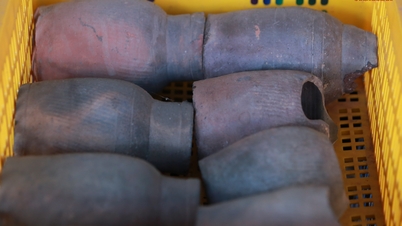
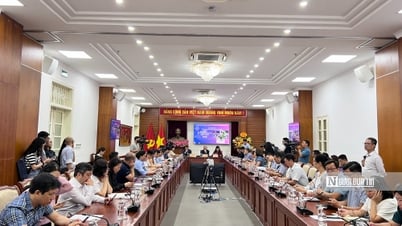









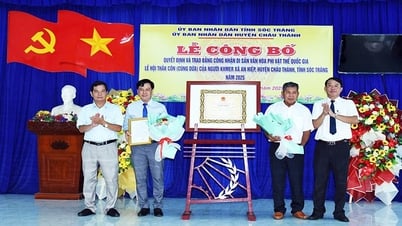









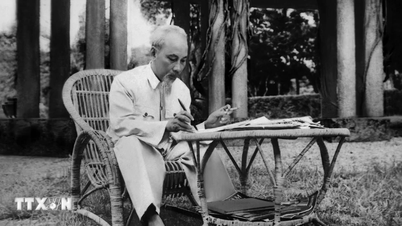






![[Maritime News] Wan Hai Lines invests $150 million to buy 48,000 containers](https://vphoto.vietnam.vn/thumb/402x226/vietnam/resource/IMAGE/2025/6/20/c945a62aff624b4bb5c25e67e9bcc1cb)









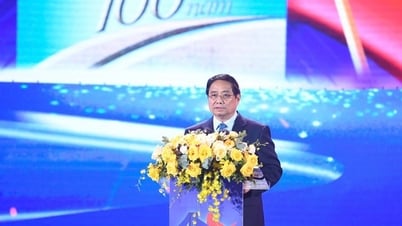

![[Infographic] Party Committee of the Ministry of Culture, Sports and Tourism: Marks of the 2020 - 2025 term](https://vphoto.vietnam.vn/thumb/402x226/vietnam/resource/IMAGE/2025/6/22/058c9f95a9a54fcab13153cddc34435e)








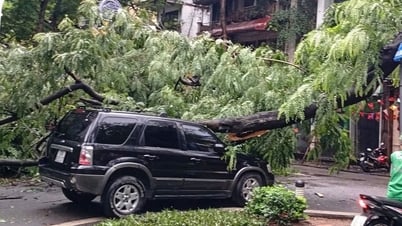




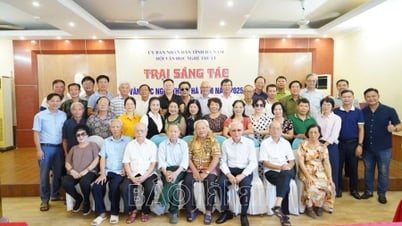

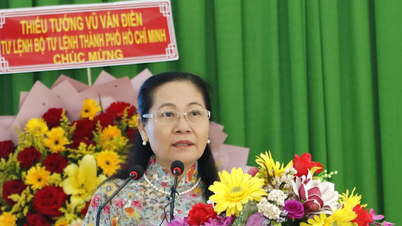











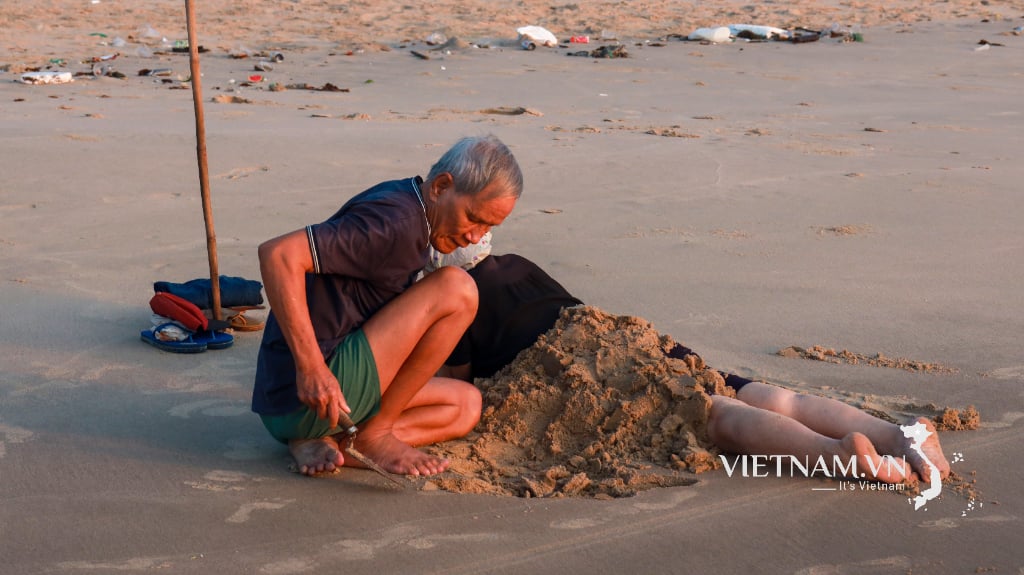


Comment (0)